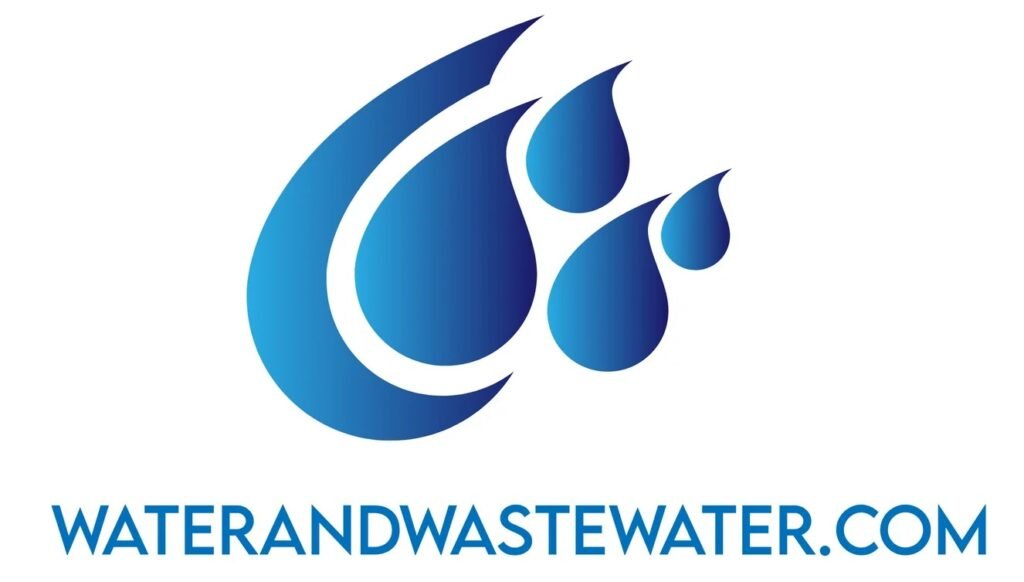Category: Blog
Your blog category
The Advantages of Wastewater Treatment In the modern world, the treatment of wastewater is not just a growing environmental imperative but also a vital component of sustainable development. Efficient wastewater management significantly reduces pollution, conserves water, and promotes health and ecological balance. This article will delve deep into the diverse advantages of wastewater treatment, […]
Understanding the Five Stages of Wastewater Treatment Introduction The treatment of wastewater is a crucial part of environmental protection, public health, and sustainable development. By managing the water we use and discharge, we support ecosystems, protect biodiversity, and ensure that human populations have access to clean water. The process of wastewater treatment involves […]
Understanding the 4 Stages of Wastewater Treatment Water is a fundamental element of life, sustaining ecosystems, agricultural processes, and daily human activities. However, with industrialization, urbanization, and population growth, the demand for clean and safe water has surged dramatically. Consequently, wastewater treatment has become an essential process in modern society to protect human health […]
Understanding the Three Stages of Wastewater Treatment Wastewater treatment is a crucial process that ensures the safe return of water to the environment and protects public health. Whether it’s water that leaves your home, industrial wastewater, or stormwater runoff, the ultimate goal is to reduce pollutants to an acceptable level before discharging water into lakes, […]
Understanding Flocculants and Coagulants in Wastewater Treatment Introduction In today’s industrialized world, the demand for clean and safe water has never been more pressing. With increasing pollution and stringent regulations, wastewater treatment has emerged as a crucial component in preserving water quality and protecting public health. Among the processes involved, the use of […]
Introduction Water treatment is a critical component of modern society’s infrastructure, ensuring the safe and reliable supply of clean water to populations around the globe. One of the fundamental processes within water treatment facilities is clarification, facilitated by a piece of equipment known as a clarifier. This article delves into the intricacies of water treatment […]
Understanding the Water Softening Plant Process Water is essential for daily life, serving as a critical component in everything from hydration to sanitation and industrial processes. However, the quality of water can significantly vary, often necessitating treatment to make it suitable for its intended use. One such treatment process is water softening. This comprehensive […]
Understanding Water Clarifiers for Water Treatment Water is an indispensable resource that sustains life on Earth. Ensuring the cleanliness and safety of water is crucial for public health, environmental sustainability, and industrial operations. One of the essential components in the water treatment process is the water clarifier. With growing demands for clean water worldwide, […]
The Crucial Role of Water and Wastewater Treatment Companies Water is a fundamental necessity for life, pivotal in everything from personal consumption to industrial applications. As the world’s population continues to burgeon, so does the demand for clean, sustainable water resources. The organizations at the forefront of meeting this demand are water and wastewater […]
Biogas From Wastewater: A Sustainable Solution for Energy and Waste Management In the face of mounting environmental challenges and the urgent need for sustainable energy solutions, the production of biogas from wastewater has emerged as a promising avenue. Biogas, a renewable energy source made predominantly of methane and carbon dioxide, is a product of […]
